Food Storage
Here’s How To Build A Two-Week Emergency Food Supply
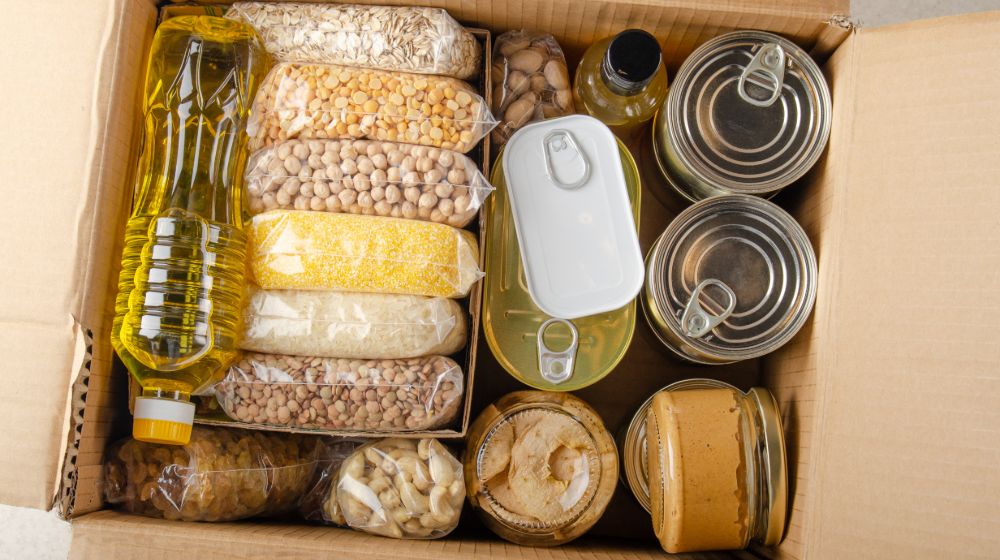
Unforeseen disasters such as hurricanes, earthquakes, winter storms, and many more can all hinder you from getting access to basic necessities such as food or water. Never run out of these essentials by making your very own emergency food supply.
RELATED: Best Foods For Prepping: How To Put Together Your Prepper’s Pantry
Emergency Food Supply | Steps to Making a Complete, Long-Lasting and Affordable Disaster Kit
Step 1: Plan For It

The first step in building your very own emergency food supply is to plan for it. A lot of people feel overwhelmed just by the thought of making one. Most of the time, this is only because they feel that everything needs to be done right away. Do not fall into this mentality.
Instead, come up with a plan. Most disaster preparedness plans recommend having at least three days worth of emergency supplies for each member of your family. Start by preparing this.
Slowly build on it until your three-day emergency food supply can now last to a week, then two weeks, and later on, maybe even a month or two.
Consider as well the disasters that are most likely to occur in your area. These can also give you an idea of how long you can expect your access to basic necessities to be cut off should the disaster occur.
Step 2: Maintain a Budget
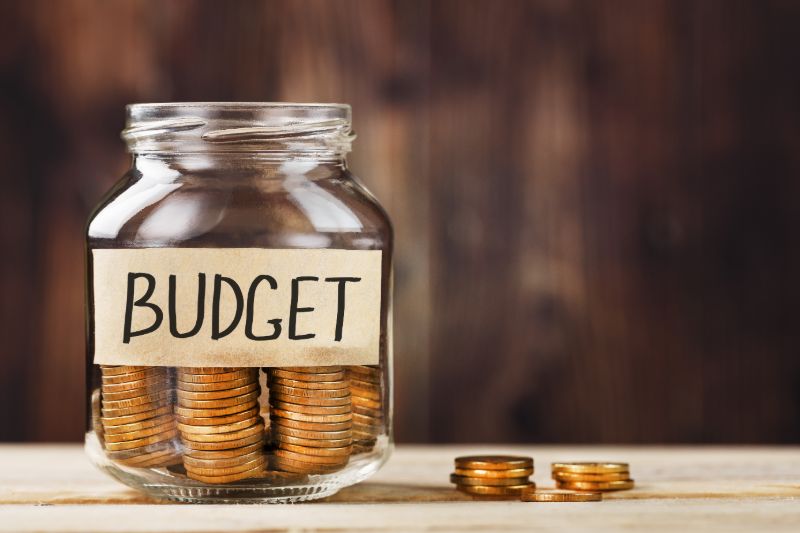
Contrary to popular belief, preparing your emergency food supply doesn’t have to cost a fortune. In fact, with the right plan and mindset, stockpiling can be very affordable.
Before leaving the house, check out local ads and look for deals that will allow you to get more for less. If you have them, use those coupons, and maybe even wait for “double coupon days.”
Those with big families can also try visiting warehouse clubs like Costco. They often have coupons that give huge discounts especially for those who are buying in bulk.
Step 3: Keep Your Storage Space in Mind
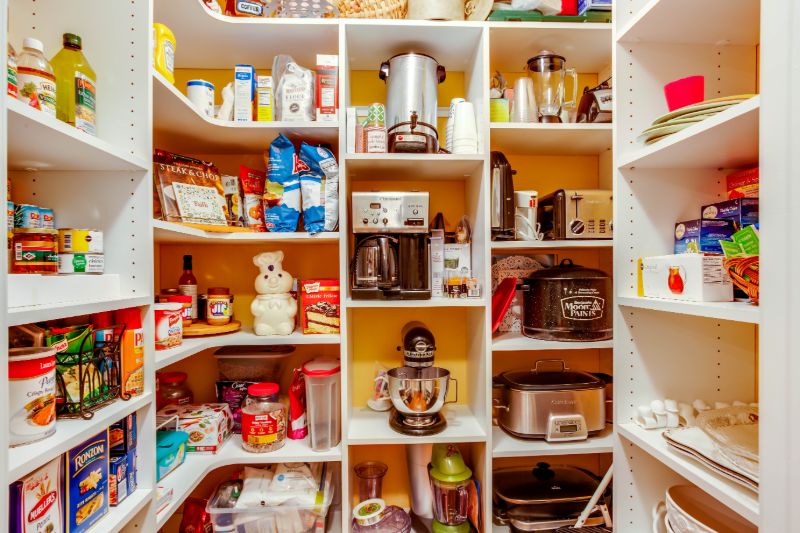
Finding a place for your emergency food supply can be a bit of a challenge. This is especially true if you live in a small apartment or have a big family. With enough creativity though, this should only be a minor setback.
Take a walk around your house. You might be overlooking those empty spaces under beds, dressers, sofas, and desks. There might also be some blank areas above those closets where you can add a shelf.
It might also be wise to go through your closets and cupboards and remove any duplicate items you might have. If you’re using the same pots and pans, then remove the extra ones and keep them in your basement or sell them.
You will also have to consider the conditions in your storage space. Make sure that it has the right temperature, oxygen, lighting, and moisture. As much as possible, try to ensure as well that your supply is kept as far away from pests as is possible.
Step 4: Prioritize Water Supply
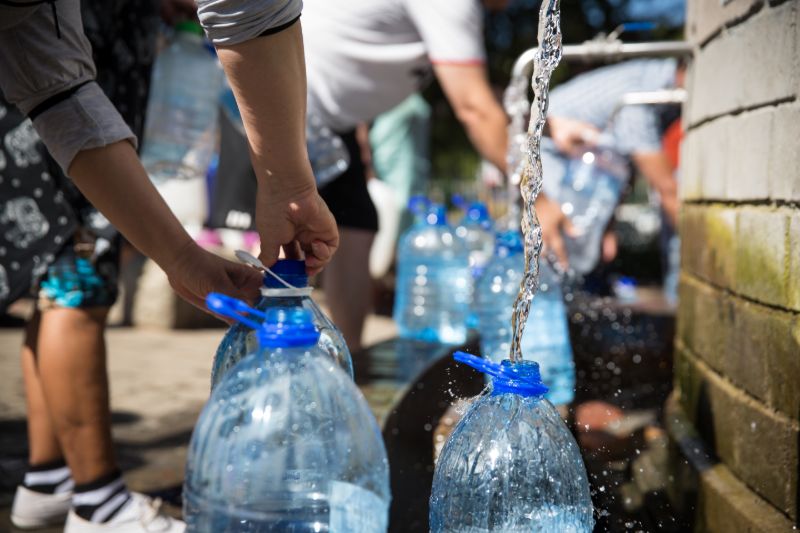
Water is your number one priority when building an emergency food supply. As much as possible, store at least a gallon of water per day for every person in your household. If you have pets, store water for them as well.
The Centers for Disease Control and Prevention (CDC) recommends using unopened commercially bottled water as these are the safest source of liquids in case of disasters. If you’re on a tight budget, however, tap water stored in containers should also do the trick.
RELATED: 6 Threats To Your Food Storage Cache And Ways To Protect It
Step 5: Know What Foods to Stock up On
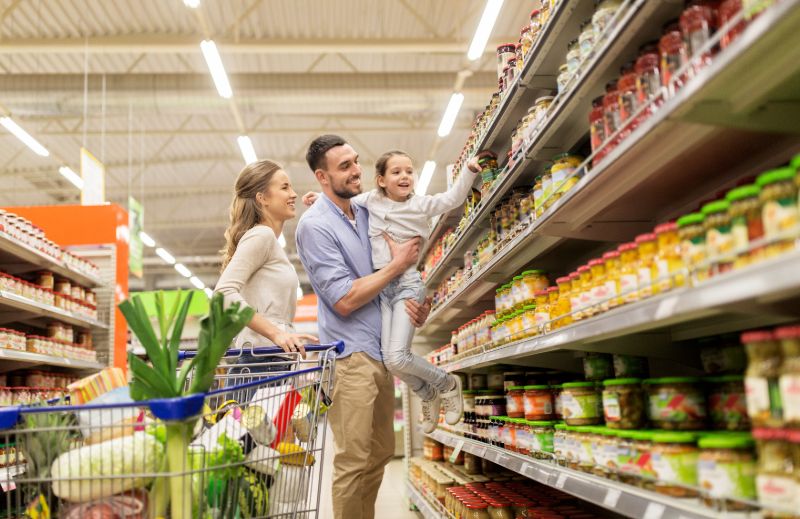
When stockpiling food, take your family’s needs and tastes into account. During times of disasters, familiar foods can help lift morale and provide a sense of security.
Make sure to include foods that are high in both nutrition and calories. As much as possible, try to store foods that do not need water, refrigeration, cooking, or any type of special preparation to consume.
Take note of any allergies or special diets the members of your family might have. The elderly, toddlers, babies, and nursing mothers may all have special needs.
A manual can opener should also be a part of your emergency food supply. For pet-owners, nonperishable foods will also be a requirement.
Try to monitor what your family eats within a week. This will serve as a good starting point for the emergency food supply you are building.
Step 6: Monitor Your Emergency Food Supply
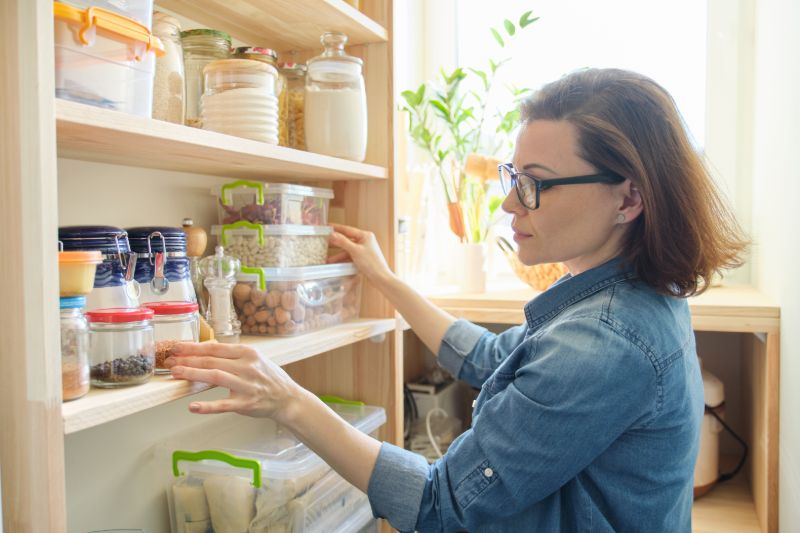
Make sure your food remains nutritious and safe to eat by regularly checking their remaining shelf lives. Rotate out the older items, use these in your kitchen, and replace them with fresh supplies.
Do this at least once a year or every six months. This should help you make sure that no items are wasted because they went beyond the expiration date.
You can also overcome the confusion by keeping track of your stored items from the very start. Use either a clipboard, a notebook, or even a computer spreadsheet to help you keep track of the items you have in storage.
Update it with the date of purchase of each item and the expiry date. As the items near their expiries, it’ll be easier for you to see which ones need to be rotated out and replaced with fresh stock.
Step 7: Study

Nowadays, there are tons of resources about disaster preparedness that are available in books and even online. With some minimal research, you can already see a lot of tips about building your very own emergency food supply.
Learn about foods that go well with one another, pre-packaged foods, and many more. Internet resources can also teach you how to cook should the power go out, what to do when supplies become depleted, how you can treat water if your bottled ones run out, and many more.
Knowledge about what to do in a disaster is definitely your most important weapon against any kind of emergency. While you can’t store this in your emergency food supply, there is no doubt that it is a must-have in any crisis situation.
Don’t feel like going full-on DIY in assembling your emergency food supply? Check out some of the best survival food kits in this video courtesy of Consumer Buddy:
Building your very own emergency food supply is key to ensuring that you are prepared for any disaster. Make sure to follow the tips above so you can build one that is complete, long-lasting, and affordable.
Do you have other questions about making your own emergency food supply? Ask them in the comments section below!
Up Next:
- 4 No-Cook Meals For Surviving The Pandemic And Food Supply Shortages
- Survival Food – Raising Rabbits For Meat | Plus Fur Project Ideas
- Chicken And Duck Keeping | Top 10 Natural Remedies For Your Sick Flock
Calling all preppers, craftsmen, bushmasters, outdoorsmen, and all-around skilled people, Survival Life needs YOU! Click here if you want to write for us.
Don’t forget to stay connected with us on Facebook, Twitter, Pinterest, and Instagram!
-

 Do It Yourself7 months ago
Do It Yourself7 months agoParacord Projects | 36 Cool Paracord Ideas For Your Paracord Survival Projects
-

 Do It Yourself9 months ago
Do It Yourself9 months agoHow To Make Paracord Survival Bracelets | DIY Survival Prepping
-

 Do It Yourself9 months ago
Do It Yourself9 months ago21 Home Remedies For Toothache Pain Relief
-

 Do It Yourself10 months ago
Do It Yourself10 months agoSurvival DIY: How To Melt Aluminum Cans For Casting
-

 Exports8 months ago
Exports8 months agoAre Switchblades Legal? Knife Laws By State


LILA
July 22, 2021 at 11:54 AM
HOW LONG AFTER THE EXPERATION DATE ON WATER CONSIDERED DRINKABLE? DOES ANYONE OUT THERE KNOW?